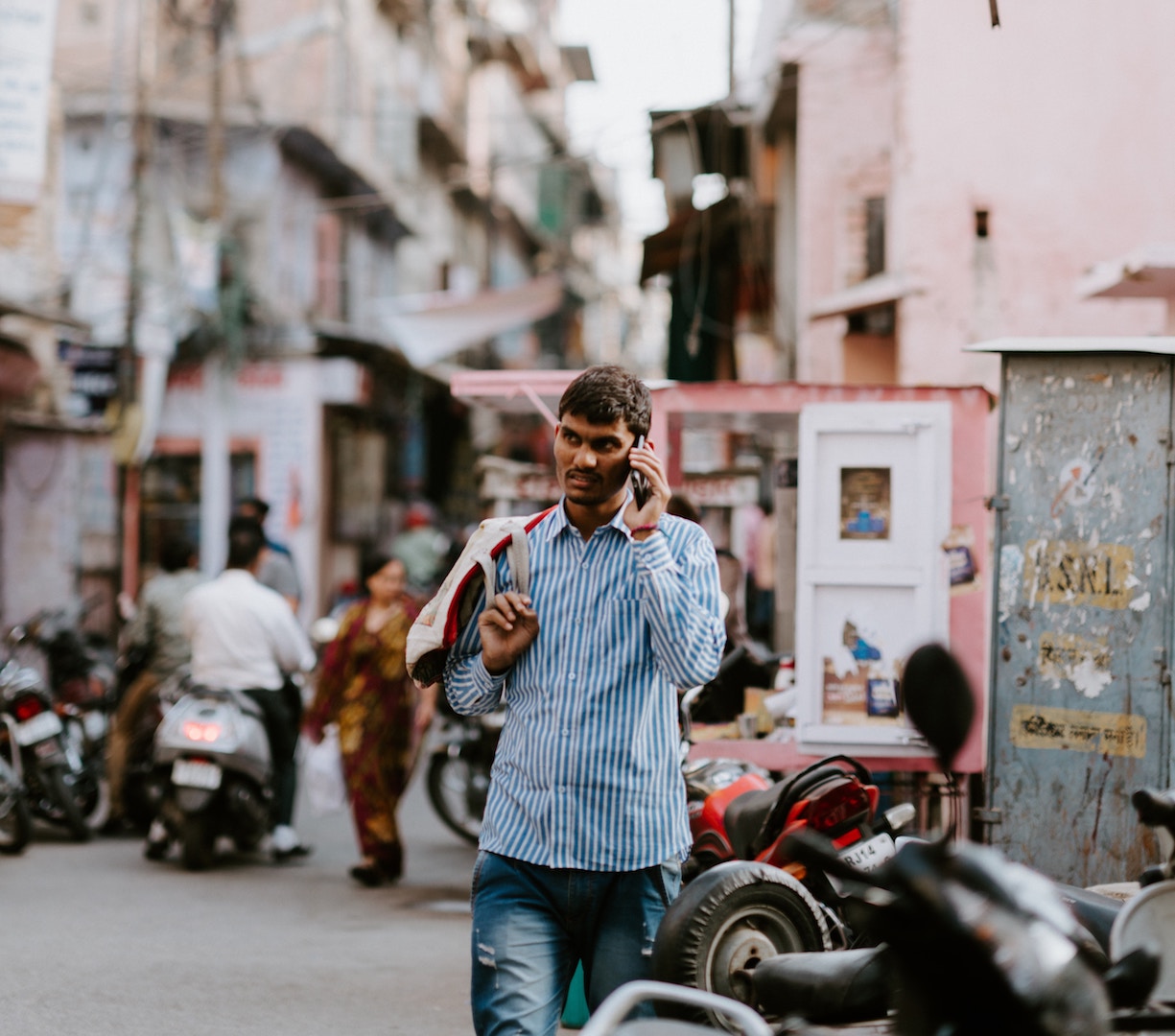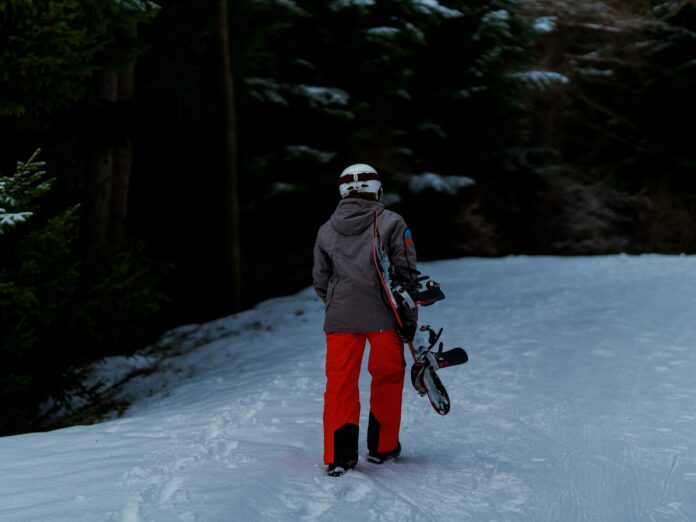No amount of planning can prepare you for your first time in India. On arrival you’re met with a cacophony of clashing noise, a miasma of competing aromas, hawkers tugging at your sleeves and heart strings, taxis and rickshaws vying for your attention, your nose taking you one way, your stomach another, and the unrelenting pace never seems to taper. Even arranging your trip can be an overwhelming experience. Where to focus your attention? How long to spend in each place? Which method of often unpredictable transport will deliver me safely from A to B?
If you’re to get the most from your trip, the preparation and planning stage is crucial. We’ve teamed up with Sim Raj, a company that offers prepaid Indian sim card for tourists, to bring you these; our 7 IDEAL travel tips for India first timers.
EMBRACE A VEGETARIAN DIET
In a country with the second lowest consumption of meat in the world and a truly varied, invigorating cuisine, there really is no better time to sample the fruits of a vegetarian diet than when in India. Each region’s culinary culture has a unique identity and specific customs, but the one thread which runs through all of the country’s food is the use of spice and aromats. Currys are prevalent throughout India, with legumes or pulses (lentils, chickpeas) used with glorious abandon. In the North, wonderful, freshly baked breads like naan and roti accompany most meals while in the South, rice takes centre stage. The region of Goa makes use of the sea’s bounty with fervour, though one can still eat well as a vegetarian here. Gurajat and the West of India observe an almost entirely meat free diet, making it a great focal point for those on eating with a focus on plants and pulses.
USE YOUR HEAD WHEN USING YOUR FEET & HANDS
There’s a certain amount of etiquette regarding hands and feet in India which is worth remembering. Let’s start with pointing; it’s considered disrespectful in the extreme to point your finger or the soles of your feet at people. Feet are considered the dirtiest part of the body (the same reason shoes must be removed before entering someone’s house) and so should only be used for walking. Make sure you don’t touch objects with your foot, particularly books and musical instruments, which have a sacred significance. If you need to point, use your whole hand; the same goes for beckoning. Finally, passing objects or eating food with your left hand is a no-no, as it’s reserved for the toilet.
GET A LOCAL SIM CARD
Most tourists complain about the lack of coverage and exceptionally high fees when roaming with abandon with network services from home. While most providers offer daily fees of about £5–10, this can quickly add up. With most local carriers, the coverage is unpredictable and generally poor; 2G is, generally, the most you can hope for, if you get any service at all that is. Getting a local SIM in advance is your best bet for smooth, quick coverage. If you want to buy an Indian SIM card online, companies like Sim Raj will deal with all the bureaucracy on your behalf and have your card waiting for you at the airport of your arrival. 
DRESS CONSERVATIVELY
While we wish you could wear what you like, when and where you like, the reality is different. Dressing conservatively will make everyday interactions in India occur more fluently, and therefore it’s prudent to do so. For both sexes, keep your legs covered; that means no shorts or skirts. Exposed shoulders are also inadvisable. Although this might make matters uncomfortable in the heat, by dressing respectfully you’ll get things done more efficiently and smoothly. At times (such as at holy sites) a thin headscarf for covering your hair will be necessary, so carry one with you.
TIME YOUR TRIP CAREFULLY
Without wishing to state the obvious, India is massive, with hugely diverse weather patterns and seasons, so you should always check beforehand about your specific destination. However, generally speaking, India has about 3 main seasons; summer, winter and monsoon. In short, winters are warm, and summers scorching. The monsoon season usually lasts between July and September, and many tourists avoid visiting India at this time. If you do decide to go at this time, you’ll definitely avoid the crowds, but you’ll also miss out on a lot of great things that India has to offer, as most places will be closed. October through May is the best time to visit Mumbai and Goa. Rajasthan and Central India are perfect in the cooler months between October and March, Kerala is warm all year-round, though extremely hot in April and May, and rainy from June to August. Agra and Delhi are mostly dry with moderate temperatures from October to March, and the Himalayas are perfect from February to May. Phew. Got that?
EMBRACE WELLNESS
One of India’s greatest gifts to the world is yoga. As its birthplace, India offers more wellness retreats and ashrams than you could shake your mat at, where you can learn about yoga, practice it, and become well versed in its healing powers. The choices are endless, from immersive, all day commitments where the yogini led practice is solemn and reverent, to ones perhaps more appealing to ever distracted millennials where the sessions are short, the WIFI strong and the detoxifying smoothies always spinning. If you’re looking to find the ideal wellness retreat for you, sites like Zing events offer extensive listing in India.
TAKE IT SLOW & TAKE A REST
The relentless pace of India, the heat, the noise; it can all amount to fatigue and exhaustion if you don’t take the time to take it in, take it slow and take a rest. Don’t try to do too much at once or in one day.










